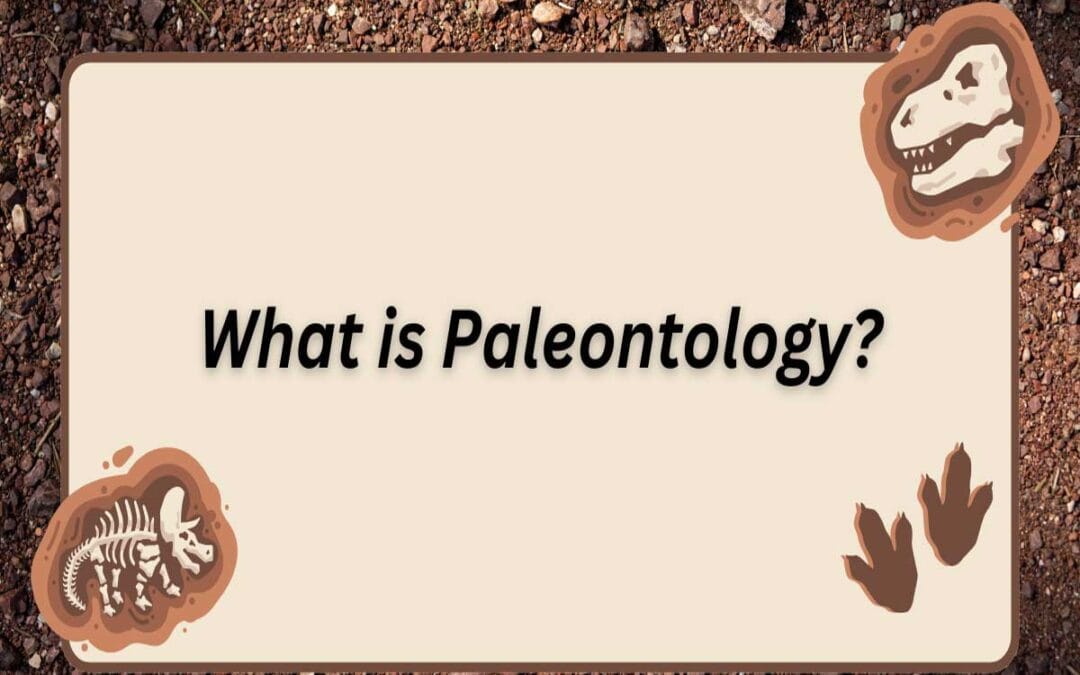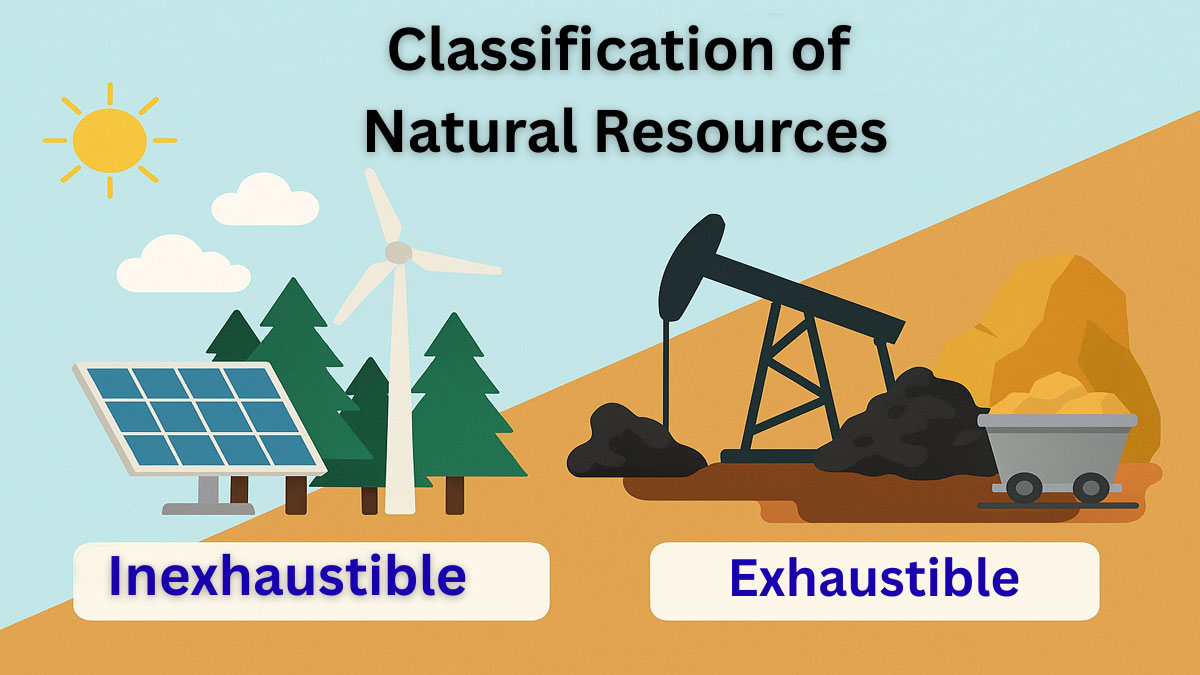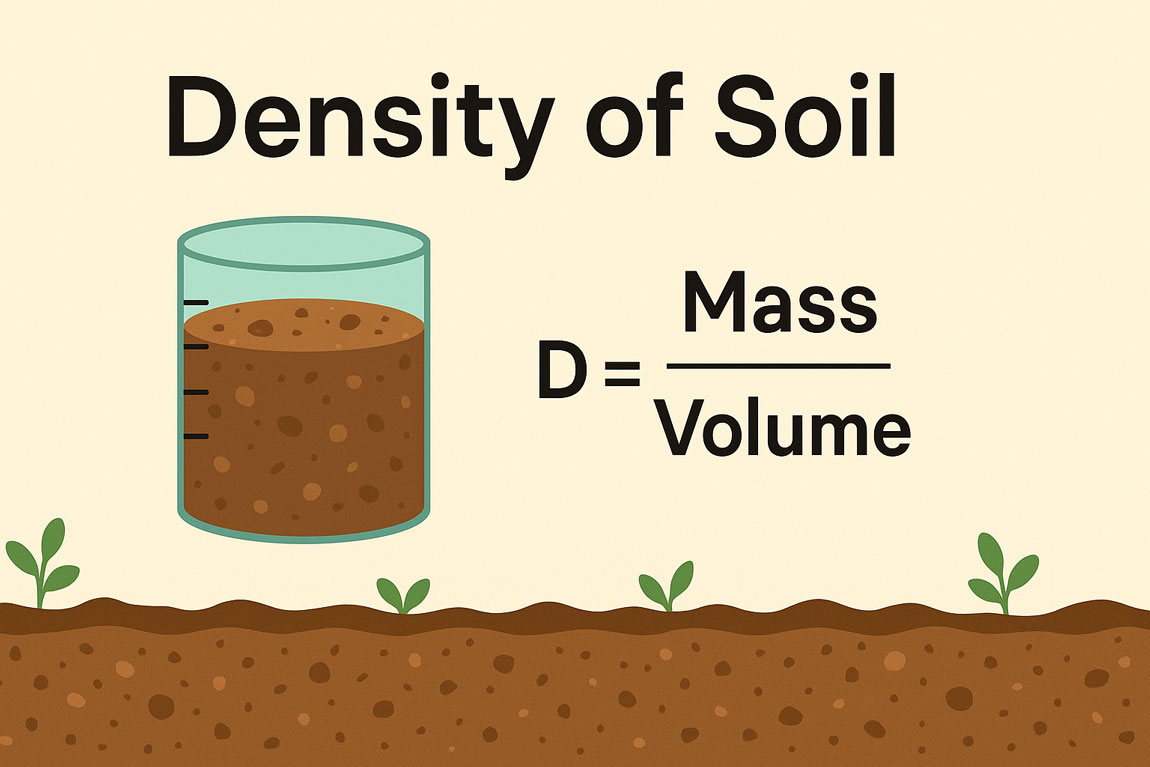Paleontology is the scientific study of fossils, more broadly, the study of prehistoric organisms. In fact, professional conferences and publications often fall into these categories. This post gives an idea of what paleontology is and why it is essential to understanding life’s journey on Earth.
What is Paleontology?
Paleontology, sometimes spelled paleontology or palæontology (paleo, “ancient”; ontos, “being”; and logos,” knowledge”), is the study of prehistoric life forms on Earth through the examination of plant and animal fossils. This includes the study of body fossils, tracks (ichnites), burrows, cast-off parts, fossilized feces (coprolites), palynomorphs, and chemical residues.
Paleontology is a science that sits at the interface of two more significant disciplines: biology and geology. Few universities have “paleontology departments.” Instead, paleontologists can work in geology, biology, or both.
Branches of Paleontology:
- Micropaleontology: Micropaleontology (sometimes spelled micropaleontology) is the branch of paleontology that deals with microfossils and fossils that require a microscope to examine the organisms. Its morphology and its characteristics details. Micropaleontology is concerned with microfossils and nannofossils (the latter being smaller than 50 μm), the study of which must be carried out using the light or electron microscope. Such fossils are the remains of unicellular and multicellular micro-organisms, the dissociated elements, and skeletal fragments of macro-organisms.
- Invertebrate Paleontology: Invertebrate paleontology studies fossils of (typically shelled) non-vertebrate animals. The discipline studies prehistoric invertebrates by analyzing invertebrate fossils in the geologic record.
- Vertebrate Paleontology: Vertebrate paleontology is the branch of paleontology that studies the behavior, reproduction, and appearance of extinct animals with a vertebrate or notochord by examining fossil remains. She also uses evolutionary timelines to connect past animals with their modern relatives.
- Paleobotany: Paleobotany is a branch of botany concerned with the recovery and identification of plant remains from geological contexts and their use in biological reconstructions of past environments (paleogeography). It also includes the evolutionary history of plants, which influences the evolution of life in general. Paleobotany includes the study of terrestrial plant fossils and prehistoric marine photoautotrophs, such as photosynthetic algae, aquatic plants, and seaweeds. A closely related field is palynology, which studies fossilized and extant spores and pollen.
- Palynology: Palynology is the study of “dust” or “scattered particles.” Classical palynologists analyze particle samples of any age collected from air, water, or sedimentary deposits. The condition and identification of these particles, whether organic or inorganic, provide the palynologist with clues about the life, environmental, and energy conditions that produced them.
- Ichthyology: Ichthyology is the branch of geology and biology that deals with traces of living creatures’ behavior, such as caves and footprints.
Fossils and Their Formation:
Fossils are the preserved traces of plants and animals that roamed the Earth ages ago as clues to their past existence. You can typically find these ancient remnants embedded within layers of sedimentary rocks, which are formed when mineral particles settle from air, ice, or water.
Body fossil:
A fossil in which all or part of an organism’s body is preserved. Soft tissue is usually not preserved, and body fossils usually preserve the skeleton (internal or external).
Trace fossil:
fossil evidence of the behavioral activity of an organism. Examples: caves, footprints, dwellings.
The Role of a Paleontologist:
Paleontologists explore and investigate Earth’s past, including the fossilized remains of plants and animals. These fossils are essential pieces of the puzzle, shedding light on the development and conditions of various life forms.
These scientists need to know and understand the environment these organisms once lived in, so they study fossils and their associated sediments and rocks. As part of their research, they travel to various places such as museums, universities, and government offices.
Undoubtedly, such excavations are significant to their profession. After successful completion, they spend an incredible amount of time on research expeditions to identify and diagnose fossils. Later, in the laboratory, the samples are studied, and their results are recorded, thus significantly expanding the existing evidence of biological evolution.
Tools used in Paleontology:
Paleontologists use various analytical tools and techniques to examine and extract the fossils they find. In the field, they use excavation tools such as chisels, hammers, precision brushes, and sieves to carefully remove fossilized remains from sedimentary rock deposits.
In the lab, they use analytical tools such as microscopes to examine microscopic structures, 3D scanners, imaging software to create digital models of fossils, and chemical analysis equipment such as spectrometers to analyze fossilized tissues.






